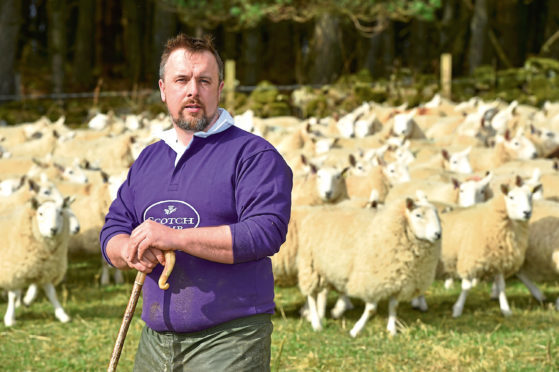An ambitious bid to turn Scotland’s £200million sheep industry into a £1 billion rural powerhouse has been launched by the National Sheep Association (NSA).
Sheep industry stalwarts from across Scotland joined the NSA’s Scottish chairman, John Fyall, at a Scottish Parliament reception as he called on government to give the sector the pump priming funding it required to turn around the current atmosphere of negativity in order to capitalise on the environmental, social and tourism opportunities that exist.
Mr Fyall addressed an invited audience which was a cross section of rural Scotland and included new entrants, auctioneers, hauliers, food and tourism operators as well as sheep farmers from the north to the south.
He said the sheep sector could “easily” match the output of the £1bn forestry industry.
“They list every element of the chain but we have never realised the value of the environmental credentials of sheep and the carbon that is locked up in extensive grazings,” he said.
“And we need to see more lambs fattened here instead of being put across the border.
“At the moment there’s a Scotch brand, but less than 12% of lambs born in Scotland are sold under the brand and only 25% of what’s on supermarket shelves is Scotch.
“There’s also potential in wool in new markets as people are worrying about plastic now. Wool is fireproof and breathable and there’s scope for more branding.”
Mr Fyall later confirmed that the NSA has persuaded Quality Meat Scotland to ask government to double their £200,000 lamb promotion budget as a way of kick-starting interest in Scottish lamb.
He also appealed to everyone present to become “lambassadors” to promote the brand.
However he added that more support for the industry needed to be forthcoming from the agricultural colleges.
“They need to work more with us to give good practical education and to use their facilities to demonstrate practical skills,” he said.
“We also need research in the meat industry. New Zealand can give us lamb that can be chilled for three months and we can’t do that, so we need more research on chilling, best practice and taste so we can use the seasonal swings and stretch the lamb market a lot longer.”
